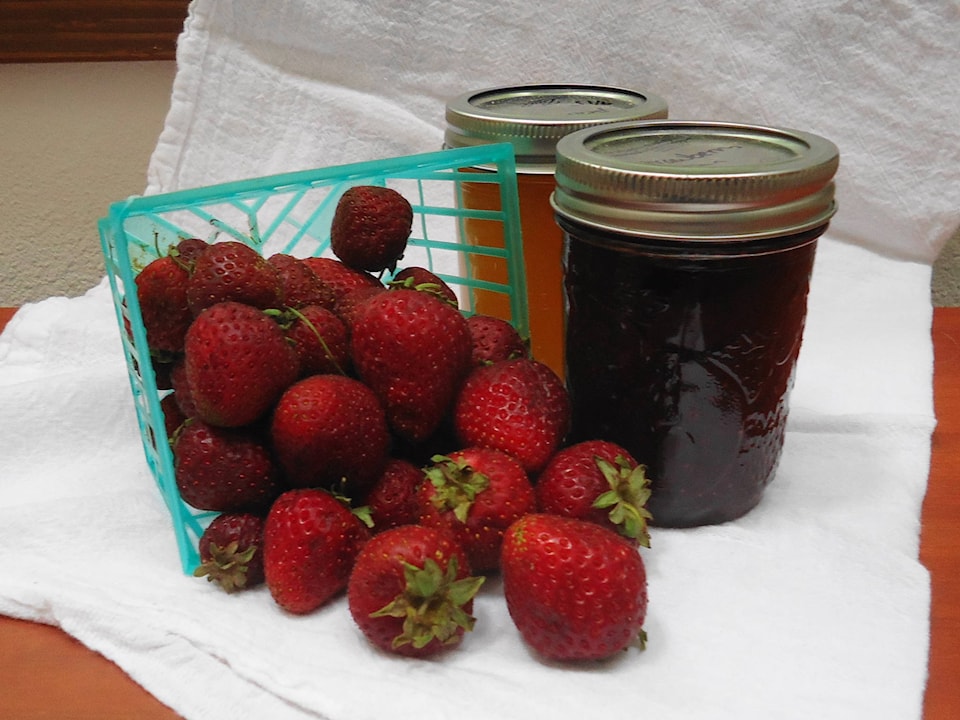By Margo Peill
Cooler weather brings with it the realization that fresh food won’t be around for long, and preserving is in full swing. Kitchens are filling up with freshly canned salsas, jams and pickles. Locally grown pickling cukes are as good as gold these days and tomatoes, both green and red are finding their way into canning jars across the Skeena Valley. Canning is such a great way to preserve the harvest, and if you are like me, being on the receiving end of a home-canned gift is just about the kindest expression of friendship there is. But canning is just one way to preserve the harvest, and a couple other methods are just as successful and arguably even easier.
First, let’s chat about dehydrating, although dehydrating is going through a bit of a revival right now, this technique has been said to be the original method of food preservation. Over the centuries, various dehydration techniques have been practiced: wrapping fruit in dried leaves and burying it in hot sand, drying it with hot smoke or laying it out in the sun to dry. Now we have the luxury of being able to load up an electrical dehydrator (or a very, very low temp oven) walk away, return several hours (or sometimes even days later) and voila! Preserved food! If you don’t have your own dehydrator, not to worry- the Terrace Public Library has one that can be borrowed as part of their Library of Things!
Another age old and excellent preservation method is cold storage. Many of us don’t think about needing to collect and store food for the winter, since we are able go to the grocery store all year round. But keeping local and seasonal produce in cold storage into the winter is an excellent, and relatively hands-off method to increase household food security and support local for longer. There is no need for fancy equipment, or a root cellar- usually a basement or unheated porch will do the trick. Guides and detailed information of how to store each different vegetable can be easily found with a quick internet search, but some vegetables that commonly store well include: carrots, onions, beets, potatoes, garlic and winter squash.
No matter what method of preservation you are choosing to help get the most out of the harvest season, buying locally and in bulk is an excellent place to start. Sometimes producers offer larger quantities at discounted prices or look for backyard gardeners selling extra produce on trustworthy social media outlets or from a garden gate stand around the community!
